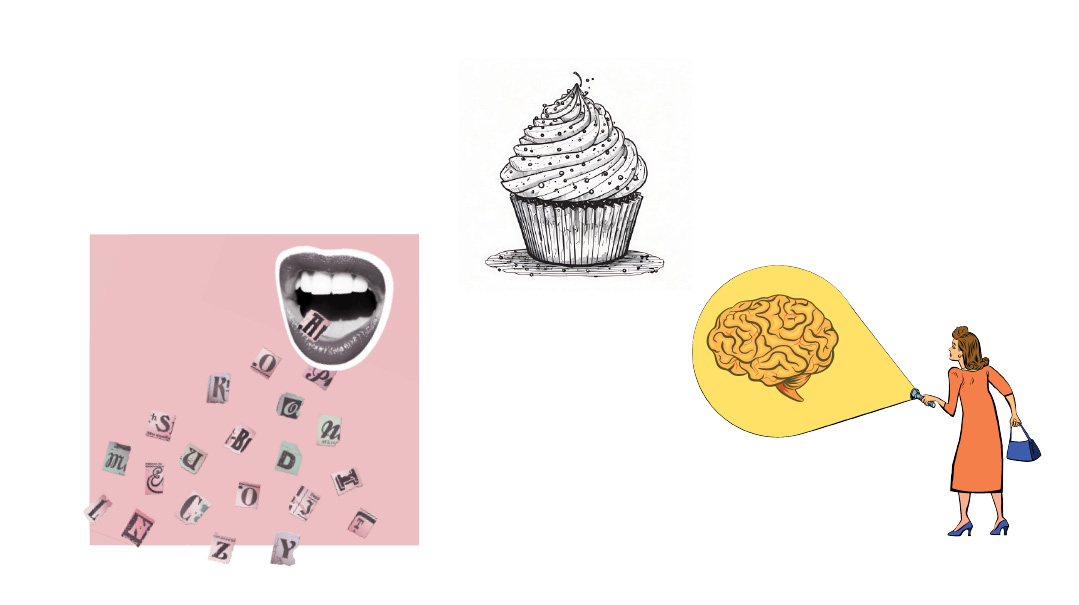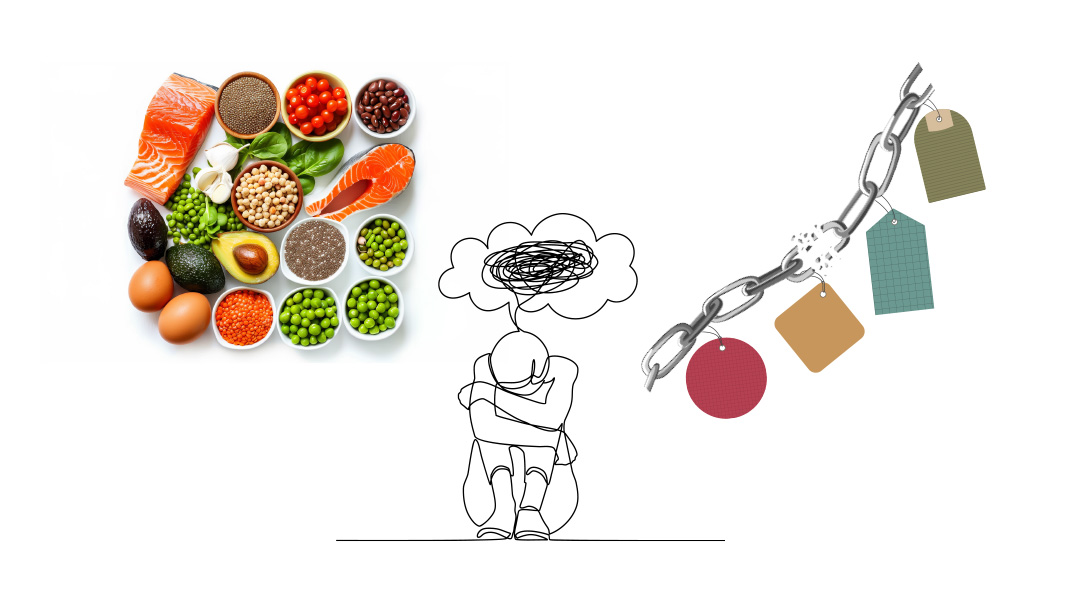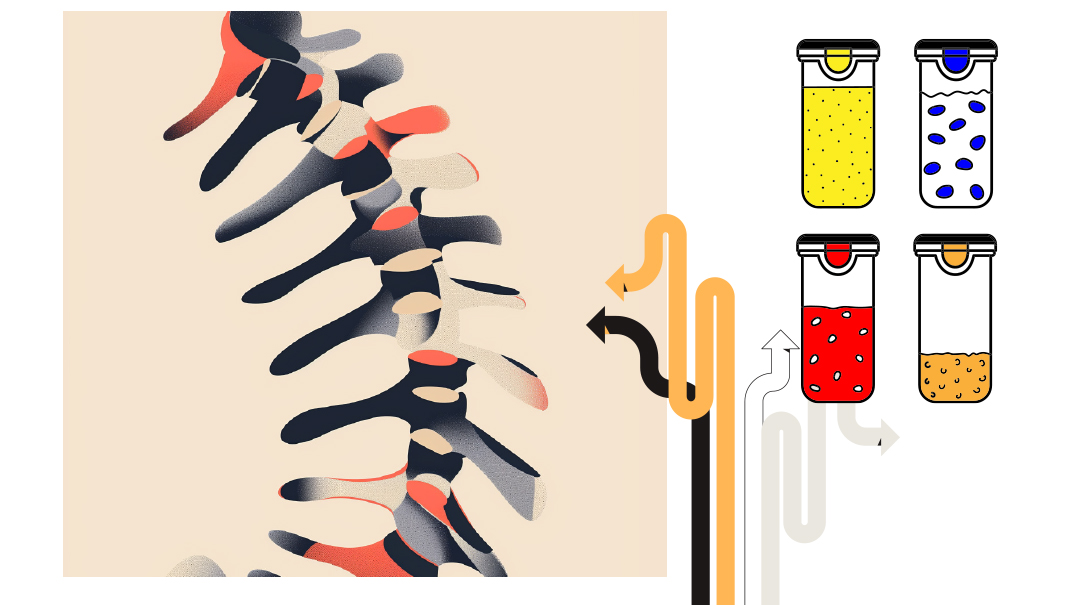Mindscapes: Issue 878
| January 23, 2024Storytelling has been recognized as a “fitness activity” for the brain

Mindscapes
Abby Delouya
How to Improve Mental Health through Storytelling
AS a trauma therapist, I witness the power of attributing words to feelings, to naming enormous emotions, talking about them, and thereby often reducing their power and control. Words create realities. They make the infinite and abstract become finite and concrete. When something is finite, it becomes minimized and therefore easier to process. Research from the field of narrative psychology shows a link between narratives and well-being. Exploring personal stories, reflecting on them, changing these narratives, and sharing them might feel vulnerable but it also helps us grow and heal.
Storytelling can take the form of sharing our own personal narratives about our specific journeys. Even making up stories or sharing folklore can lead to improved mental health.
Storytelling:
- Increases empathy and memory retention: When we connect with the characters in a story, our brain releases oxytocin. Oxytocin is associated with empathy, a building block in helping us connect and deepen our relationships. We also know that we remember facts 22 percent more effectively when they are tied to a narrative.
- Fosters imagination, which builds brain health: Storytelling has been recognized as a “fitness activity” for the brain, as it engages multiple senses, expands thinking, promotes active listening, and increases optimism, which can better help us cope with adversity.
- Helps us build from success and failure: When we share our success narrative, it increases our self-esteem and increases motivation. Sharing failure narratives can be really powerful when framed in a way that appreciates our attempts and gives credit for facing challenges. The flip side of this is that engaging in negative narratives can reinforce poor self-image or victimhood.
Relationship Reflections: Don’t Text and Fight
Any big, important conversations should not be done over text. Duh. However, sometimes a quick, seemingly nonconfrontational text can meander its way into a fight. All of a sudden, you’re furiously texting, sending off responses at lightning speed. Why is this so harmful to relationships?
There’s no vocal tone. A matter-of-fact sentence can sound harsh or insensitive. Even the use of emojis may come off as passive aggressive or confusing if your spouse is reading your text as harsh.
Texting can go quickly. You may still be constructing a response when another three points flood the screen. The pace can make it difficult to express yourself clearly or understand what your spouse is trying to communicate.
There are no body language cues or facial expressions. If you see someone get upset or start to cry, you would normally pause to make sure they’re okay. When we text, we might not stop spewing our words when we should, as we’re fully absorbed in our one-sided narrative.
If you do have a conversation by text and see that things are heading in a bad direction, stop the argument. It’s best not to just shut down and end the conversation stonewalling, but rather to suggest a cool down period and a resumption of the conversation in person, or at least on the phone.
In the News
Research shows a positive connection between earthing and improved mental health. Earthing is a grounding technique that literally connects you to the earth. This might mean walking around barefoot (especially in the grass), playing in the dirt or soil with your fingers, lying on the ground, going swimming or taking a bath, or gardening. Earthing has shown improvement for conditions like chronic fatigue, anxiety, depression, PTSD, and pain/inflammation.
Abby Delouya RMFT-CCC, CPTT is a licensed marriage and family therapist in private practice, specializing in trauma and addiction. Abby is also the COO and Director of Intake of Ray of Hope.
Spotlight on Attention Spans
Hadassah Eventsur
Our attention span has multiple operating systems, two of which are called “flashlight” and “floodlight.” The flashlight is the ability to focus on one thing more saliently. The object of your attentional flashlight will be highlighted in clear focus, while other stimuli that are not in this light’s focus will be diminished or blocked. We can point our flashlight outward to others or we can focus it inward to our own thoughts or memories. We can even focus our flashlights onto our past, present, or future.
The second operating system of attention is the “floodlight.” Where the flashlight is narrow and focused, the floodlight is broader. It helps us scan our environment and increase our alertness level.
Our attention span can only operate in one of these modes at a time. For example, when you’re highly focused on a book (flashlight mode) and then someone starts talking to you, it might take you a few extra seconds to realize that something was said. Your flashlight was so fixed on its target that everything else in your environment went dark.
Now imagine walking home, deep in thought planning your evening, when you hear loud, barking sounds. You’ll drop your mental activity and shift to high alert as you scan for threat (i.e., floodlight mode).
We can access our executive functions when in the flashlight mode but not when we’re on high alert in floodlight mode. This is not a failing of our attentiveness; it’s simply the mode appropriate for threatening situations. But when we stay in high alert mode for prolonged periods of time, we cannot focus our flashlight to plan efficiently.
If you struggle with executive functioning, learning ways to activate your flashlight mode can help you access these skills. One way to do this is through mindfulness exercises. This can include focused breathing techniques or body scan imaging. Engaging in these exercises can train your brain to access a more targeted means of attention to more effectively plan and execute your day.
Hadassah Eventsur, MS, OTR/L is a licensed occupational therapist with over 20 years of experience, and a certified life coach in the Baltimore, MD area.
Sprinkling of Wisdom
Sarah Rivkah Kohn
DO the modalities used in therapy really matter?
In short: No and yes. In that order.
Modalities are like sprinkles on a cupcake. On a cupcake, they can be a flavor enhancer. On their own… ugh.
Choosing a therapist or practicing therapy based exclusively on modalities can be very limiting. Therapeutic relationships are called as such because first and foremost therapy is about a relationship. There needs to be a human-to-human connection in the room. And yes, sometimes the modalities a therapist is drawn to can tell you about their style but it’s not the be all and end all.
Connection with a human first and modality second.
Sarah Rivkah Kohn is the founder and director of Zisel's Links and Shlomie’s Club, an organization servicing children and teens who lost a parent.
(Originally featured in Family First, Issue 878)
Oops! We could not locate your form.







